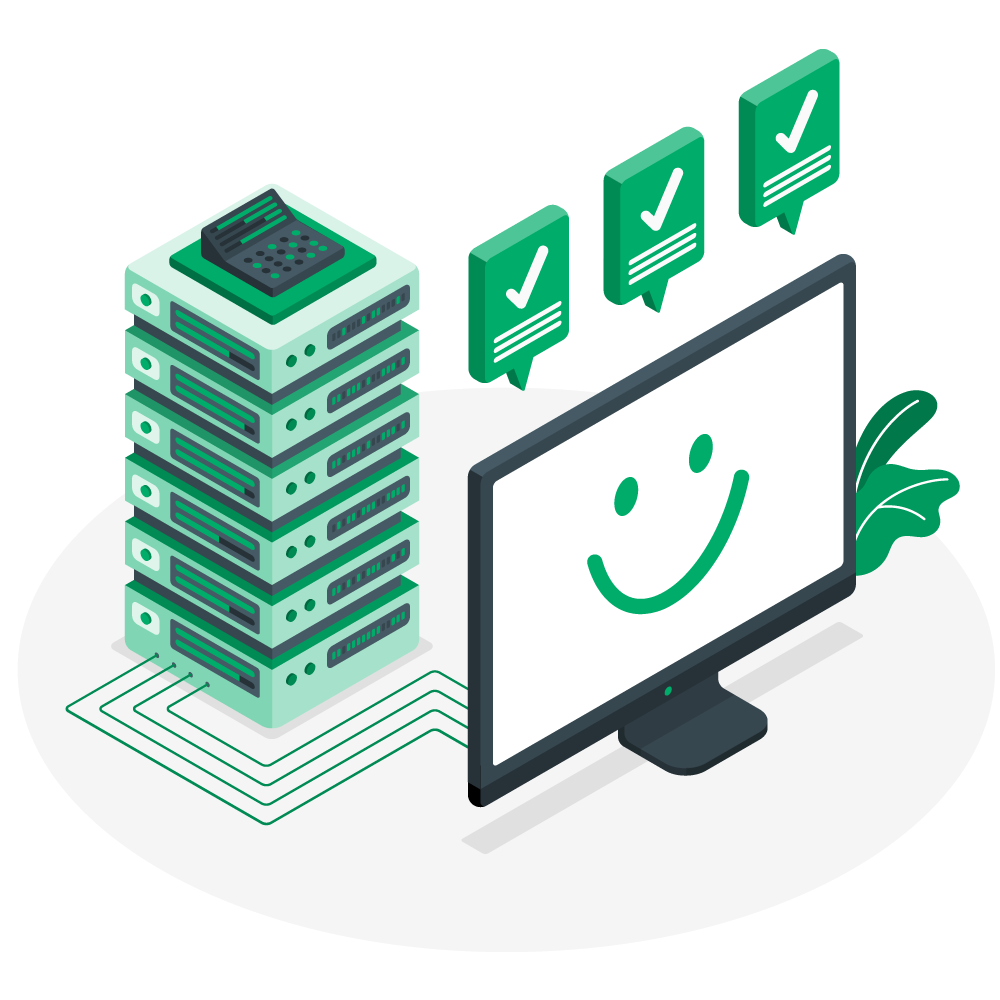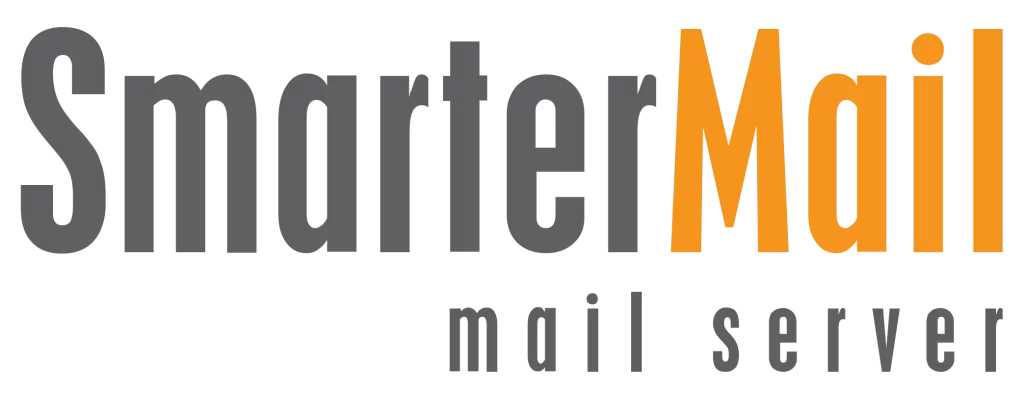Today, businesses rely on cloud computing to streamline operations and scale their infrastructure. However, with the convenience of cloud services comes the challenge of effectively managing the costs. Cloud cost optimization means maximizing the value of cloud resources while minimizing expenses. It ensures that organizations use cloud services to the fullest without overspending. By optimizing cloud costs, businesses can allocate their resources in a more productive manner, improving profitability and maintaining competency.
Table of Contents
Top Cloud Cost Optimization Strategies
Cloud cost optimization strategies encompass various techniques and best practices for reducing expenses associated with cloud usage. From resource allocation to data automation, it covers every possible aspect of cloud cost optimization.
1. Correct Sizing & Resource Allocation
a) Assessing Current Resource Usage
The first step in proper sizing & resource allocation is to evaluate the organization’s current cloud resource usage. This involves analyzing CPU data, memory, storage, and network usage across various applications and services. By understanding the utilization patterns of different resources, businesses can identify opportunities to optimize performance and reduce costs.
b) Implementing Right Sizing Techniques
Once current resource usage is assessed, organizations can implement sizing techniques to align their cloud resources with actual demand. This may involve scaling resources up or down based on usage patterns, deploying instances with the appropriate specifications, and eliminating underutilized or idle resources. By rightsizing cloud resources, businesses can optimize performance and avoid unnecessary expenses.
c) Leveraging Auto Scaling
Auto-scaling is a primary feature offered by many cloud providers like Leasepacket that automatically adjusts resource capacity based on demand. By dynamically scaling resources up or down in response to changes in workload, auto-scaling ensures that businesses have sufficient resources at all times. This not only improves performance but also helps to optimize costs by avoiding over-provisioning.
2. Utilization Monitoring & Analysis
a) Utilization Metrics & KPIs
Utilization monitoring involves tracking key metrics and KPIs (Key Performance Indicators) related to resource usage in the cloud. This may include metrics such as CPU utilization, memory usage, disk I/O, network traffic, and application performance. By monitoring these metrics over time, businesses can gain insights into how their resources are utilized and identify opportunities for optimization.
b) Tools for Monitoring Resource Utilization
Various tools are available for monitoring resource utilization in the cloud, ranging from built-in monitoring solutions provided by cloud providers to third-party monitoring tools. These tools allow businesses to collect and analyze data on resource usage in real-time, set up alerts for unusual activity, and generate reports to identify trends & patterns.
c) Analyzing Patterns & Trends
In addition to monitoring resource utilization, businesses need to analyze historical data to identify long-term patterns & trends. By doing this, organizations can predict future resource requirements, find opportunities for optimization, and make informed decisions about resource allocation and capacity planning.
3. Reserved Instances & Savings Plans
a) Overview of RIs
RIs (Reserved Instances) are a purchasing option offered by cloud providers that allow businesses to save computing capacity in advance in exchange for a discounted hourly rate. RIs are available for various cloud resources, including virtual machines, databases, and storage. By purchasing RIs, businesses can significantly reduce their cloud costs compared to on-demand pricing.
b) Understanding Savings Plans
Savings Plans are a flexible pricing option with similar benefits as RIs but with greater flexibility. Instead of reserving specific instances, Savings Plans offer a discount on usage across a wide range of instance types in exchange for a commitment to a consistent amount of usage over a one or three-year term. This allows businesses to save money on their cloud costs while maintaining flexibility in their resource usage.
c) Strategies for Maximizing Savings
For maximizing savings with RIs & Savings Plans, businesses should carefully analyze their usage patterns and select the most appropriate purchasing option based on their needs. This may involve purchasing RIs for predictable workloads with steady usage patterns and using Savings Plans for variable workloads with fluctuating usage. Additionally, businesses should regularly review their usage and adjust their purchasing options to amplify their savings potential.
4. Containerization & Serverless Architecture
a) Benefits of Containerization & Serverless Computing
Containerization & serverless computing offer several benefits for cost optimization in the cloud. Containerization allows businesses to package and deploy applications in lightweight, portable containers, which can improve resource utilization and reduce overhead. On the other hand, serverless computing enables code to run in response to events without managing servers, leading to significant cost savings by eliminating the need to pay for idle resources.
b) Optimizing Costs with Containers
One of the primary benefits of containerization is the ability to optimize costs by efficiently managing resource allocation. By packaging applications in containers, businesses can ensure they are only using the resources they need, which can help to reduce costs associated with over-provisioning. Moreover, containers allow for more efficient resource utilization by enabling businesses to pack multiple applications onto a single host, which can further reduce costs.
c) Leveraging Serverless for Cost Efficiency
Serverless computing offers several opportunities for cost optimization in the cloud. Businesses can significantly reduce their cloud costs compared to traditional server-based architectures by paying only for the compute time used to execute code. Also, serverless computing allows automatic scaling in response to changes in workload, which can help further optimize costs by ensuring resource usage only when required at any given time.
5. Cloud Service Selection & Vendor Management
a) Choosing the Right Cloud Services
Selecting the optimal cloud services involves the evaluation of pricing structures, performance capabilities, scalability options, and potential vendor lock-in risks. By carefully assessing these aspects, businesses can make well-aware decisions that align with their specific requirements while ensuring cost efficiency.
b) Negotiating with Vendors
Negotiating with cloud service providers like Leasepacket is a strategic endeavor for securing favorable terms and maximizing cost savings. Leveraging usage data, market insights, and a deep understanding of business needs – organizations can negotiate discounted pricing, flexible contract terms, and value-added services to optimize their cloud expenditure.
c) Multi-Cloud Hybrid Considerations
Embracing multi-cloud & hybrid cloud environments offers flexibility and resilience but requires careful cost management. Organizations must analyze the cost implications of distributing workloads across multiple cloud platforms and on-premises infrastructure. By implementing cost optimization strategies tailored to multi-cloud & hybrid architectures – businesses can leverage the benefits of flexibility and redundancy while minimizing overall costs.
6. Cost Allocation & Budgeting
a) Tagging for Cost Allocation
Implementing robust cost allocation tagging mechanisms is essential for tracking and attributing cloud expenses. By assigning tags based on attributes such as department, project, or environment – businesses gain granular visibility into cost drivers and allocate resources to enhance financial accountability and optimize spending.
b) Setting & Monitoring Budgets
Establishing clear budgetary targets and implementing proactive monitoring mechanisms are critical components of effective cost management. By setting realistic budgets, leveraging budget alerts, and conducting regular budget reviews – businesses can maintain financial discipline, identify cost variances, and take corrective actions promptly to ensure that spending aligns with objectives.
c) Promoting Cost Accountability
Fostering a culture of cost accountability is essential for driving efficiency and optimizing cloud expenditure. By assigning ownership of cloud costs to relevant stakeholders, sharing cost insights transparently, and incentivizing cost-conscious behaviors – businesses can cultivate a culture of fiscal responsibility & collaboration, leading to improved cost optimization outcomes.
7. Automation & Orchestration
a) Streamlining with Automation Tools
Automation tools are crucial for streamlining cloud operations and optimizing resource utilization. Organizations can enhance operational efficiency, reduce manual errors, and realize significant cost savings by automating routine tasks.
b) Orchestrating for Efficiency
Orchestration enables organizations to automate complex workflows and optimize resource allocation dynamically. By orchestrating cost-saving measures such as workload scaling, instance scheduling, and resource rightsizing – businesses can adapt to changing demand patterns, improve resource utilization, and minimize unnecessary expenditures.
c) Continuous Optimization
Continuous optimization through automation is a proactive approach to managing cloud costs effectively. Cost inefficiencies can be identified by integrating cost optimization practices into the software development lifecycle (SDLC) and operational processes.
8. Data Transfer & Storage Optimization
a) Minimizing Data Transfer Costs
Minimizing data transfer costs requires optimizing data transfer patterns, leveraging content delivery networks (CDNs), and adopting efficient data transfer protocols. Organizations can reduce data transfer expenses while ensuring optimal performance by strategically caching & compressing data before transmission and minimizing unnecessary data movement.
b) Storage Cost Strategies
Employing effective storage cost optimization strategies is essential for managing cloud expenditure efficiently. By implementing tiered storage architectures, data deduplication techniques, and lifecycle management policies – storage utilization and cost savings can be achieved.
c) Effective Data Lifecycle Management
Effective data lifecycle management involves automating data management tasks such as data ingestion, processing, archiving, and deletion based on predefined policies & business rules. Businesses can ensure compliance with data retention policies throughout the data lifecycle by implementing automated data lifecycle management workflows and leveraging cloud-native data management services.
9. Security & Compliance Considerations
a) Balancing Cost & Security
Balancing cost optimization with security is foremost in cloud environments. Organizations must enforce robust security measures to protect sensitive data and infrastructure without compromising cost efficiency. By adopting a risk-based approach to security and leveraging cost-effective security controls – businesses can mitigate security risks while optimizing cloud expenditure.
b) Compliance Requirements
Understanding compliance requirements and their cost implications is essential for effective cost management. By aligning cloud usage with regulatory mandates and contractual obligations – businesses can minimize compliance-related costs and avoid potential penalties associated with non-compliance.
c) Best Practices for Secure Optimization
Implementing best practices for secure cost optimization involves adopting a holistic approach to security that encompasses proactive threat detection, continuous monitoring, and rapid incident response. By integrating security controls into cloud cost optimization processes and fostering a culture of security awareness – organizations can prevent risks while optimizing cloud expenditure.
10. Cultural & Organizational Aspects
a) Fostering Cost Awareness
Fostering a culture of cost awareness is essential for driving efficiency and accountability in cloud expenditure. Educating teams about cost savings can cultivate a culture of fiscal responsibility. Providing visibility into cloud spending and incentivizing cost-conscious behaviors can also help in doing the same.
b) Training & Skill Development
Investing in training & skill development is crucial for building organizational capabilities in cloud cost management. By providing teams with the necessary knowledge to optimize cloud expenditure effectively, organizations can empower them to make informed decisions, drive continuous improvement, and achieve better cost optimization outcomes.
c) Collaboration & Communication
Promoting the value of communication across teams is essential for aligning cloud cost optimization efforts with business objectives. By establishing clear lines of communication, businesses can break down silos, promote knowledge sharing, and drive collective accountability for cost optimization.
Cloud Cost Optimization Case Studies & Real-World Examples
Success Stories
Appreciate success stories from those who have achieved significant cost savings through cloud cost optimization initiatives. This helps gain insights into effective cost optimization strategies, implementation approaches, and lessons learned.
Lessons Learned
Also, analyze failures & lessons learned from unsuccessful cloud cost optimization attempts. By understanding common pitfalls, challenges, and mistakes – past errors can be avoided to refine cost optimization strategies and improve chances of success.
Industry Best Practices
Identifying industry best practices and emerging trends in cloud cost optimization can improve cost optimization efforts and maintain competitiveness in the rapidly evolving cloud space.
Cloud Computing Future Trends & Innovations
Emerging Technologies
Exploring emerging technologies and trends shaping the future of cloud cost optimization can help anticipate future challenges & opportunities and prepare accordingly. Organizations can stay ahead by understanding the potential impact of technologies such as AI-ML and serverless computing,
Predictions
Predicting future trends & developments in cloud cost management and forecasting changes in technology – organizations can proactively adapt their cost optimization strategies and stay ahead of the curve.
Continuous Improvement Strategies
By embracing innovation, promoting a culture of experimentation, and leveraging feedback loops – organizations can achieve long-term success in managing cloud expenditures.
Conclusion
Reflecting on the significance of cloud cost optimization as a strategic imperative for organizations seeking to maximize value from their cloud investments and achieve sustainable growth in the digital era. By applying the above strategies, cloud expenditure can see continuous improvement and innovation in management.
FAQs
Q1. What are the main benefits of implementing cloud cost optimization strategies?
Cloud cost optimization strategies offer several benefits, including reduced operational expenses, improved resource utilization, better scalability, enhanced agility, and increased competitiveness in the market.
Q2. How can organizations ensure cost accountability in cloud expenditure?
Establishing cost accountability involves assigning ownership of cloud costs to relevant stakeholders and implementing transparent cost allocation mechanisms.
Q3. What role does automation play in cloud cost optimization?
Automation streamlines repetitive tasks, improves operational efficiency, and reduces manual errors in cloud management. Automation can achieve significant cost savings and enhance agility.
Q4. How can businesses effectively manage multi-cloud and hybrid-cloud environments while optimizing costs?
Managing multi-cloud and hybrid cloud environments requires careful cost analysis, workload optimization, and governance mechanisms. Organizations can optimize costs while maximizing the benefits of diverse cloud architectures with the above practices.
Q5. What security considerations should organizations keep in mind when optimizing cloud costs?
Balancing cost optimization with security involves implementing robust security measures, such as data encryption, access controls, and threat detection, to protect sensitive information and infrastructure. Organizations must prioritize security while optimizing costs to avoid risks.
Q6. How can businesses stay updated on emerging trends and best practices in cloud cost optimization?
Staying ahead of emerging trends involves continuous learning and engagement with community forums. By actively seeking knowledge and sharing experiences, organizations can adapt to evolving cloud cost management practices and drive continuous improvement in their optimization efforts.

























